[Anniversary] Citroën Belphégor: The avant-garde truck celebrates 60 years of audacity
- Jérémy

- Aug 5
- 4 min read

With over a century of existence, Citroën has etched a history marked by legendary models that have profoundly impacted minds and revolutionized their eras, from the Traction Avant to the DS, through the 2CV, or more recently, the Ami. However, the audacity of the brand with the chevrons was not confined to automobiles alone. Citroën has adeptly explored unexpected territories, as evidenced by the astonishing RE-2 helicopter, an ambitious project from the 1970s. In this same spirit of innovation off the beaten path, the manufacturer also made its mark in the commercial vehicle and heavy truck market. Among them, one figure stands out for its unique design and innovative approach: the Citroën known as the Belphégor. Launched in 1965, this singular truck, officially designated N and P Series, is set to celebrate its 60th anniversary in 2025, providing a perfect occasion to rediscover this rolling testament to Citroën's creativity.
The genesis of a colossus: from the need for modernization to a design Icon
In the early 1960s, Citroën, buoyed by the success of its light commercial vehicles like the Type H and eager to sustain its presence in the heavier segment, keenly felt the imperative to modernize its truck range. Its existing models, such as the venerable U23, whose origins traced back to 1935, and the Type 55, though robust and appreciated, were beginning to show their age against increasingly sharp competition. The objective was clear: to offer a new generation of trucks capable of meeting the growing demands of professionals in terms of payload, comfort, safety, and, of course, efficiency. It was within this context that the project leading to the commercialization of the Citroën Type 350 to 850 was born. These trucks were first presented to the public in October 1965 at the Paris Motor Show in the Trocadéro gardens, causing quite a stir. The design, a major differentiating element, was entrusted to the brilliant Flaminio Bertoni, the father of the Traction Avant, 2CV, and DS, who signed off on this as his final work before his passing in February 1964. Robert Opron, another prominent name in Citroën styling, also contributed to finalizing this bold project. The forward-control cab, with its futuristic aesthetics and characteristic indentations at the headlight and lower window levels, immediately captured attention. So much so, that the public and professionals quickly nicknamed it "Belphégor," referencing the masked and mysterious character from an eponymous French television series, "Belphégor, or the Phantom of the Louvre," which was extremely popular at the time. This moniker, never official, nevertheless stuck to these trucks, underscoring their almost ghostly and decidedly unconventional appearance for the era. Production commenced in Aubervilliers, before being partially transferred to Vénissieux near Lyon, following Citroën's acquisition of Berliet in 1967, marking a new phase in the brand's heavy truck strategy.
A concentrate of innovations: unique style and avant-garde technical features
The Citroën Belphégor did not solely distinguish itself by its borrowed name or its appearance. Its exterior design was a genuine breakthrough. The semi-forward control cab, with its rounded shapes and wide, sloping windscreen, offered exceptional panoramic visibility for the driver. However, Bertoni's true stylistic signature lay in the famous "visors" or indentations beneath the windscreen, integrating the optics, and especially in the additional windows positioned low down, at the driver's and passenger's feet. These "views" towards the ground allowed for an unparalleled appreciation of the truck's dimensions during tricky maneuvers in urban environments or on construction sites – a major innovation in terms of safety and driving comfort. The interior, though functional, was not overlooked, featuring adjustable seats, an efficient heating system, and up to three sun visors. Technically, the Belphégor inherited proven and innovative solutions for its time. The most notable was undoubtedly the adoption of the high-pressure hydraulic braking system, directly derived from that of the revolutionary DS, ensuring remarkable power and endurance, and coupled with a load-sensing brake proportioning valve. Power steering was also offered, greatly facilitating the handling of these respectably sized vehicles. The Belphégor range was available in numerous versions to cover a broad spectrum of professional needs, with Gross Vehicle Weight Ratings (GVWR) ranging from 3.5 tonnes to nearly 12.4 tonnes for specialized versions. The designations (350, 450, 600, 700, 850, etc.) approximately indicated the payload or GVWR. Thus, one could find bare chassis-cabs ready to be fitted with flatbeds, vans, tippers, cattle trucks, or even more specific versions such as tankers or firefighting vehicles. Under the bonnet, Citroën offered a range of petrol and diesel engines, with four or six cylinders. For instance, the Type 350 could be equipped with a 2176 cc four-cylinder petrol engine developing 82 DIN horsepower, or Perkins diesel engines. Heavier versions, like the Type 600, received 5183 cc six-cylinder petrol engines (118 to 134 hp) or 5607 cc diesel engines (103 to 108 hp). Manual gearboxes with 4 or 5 speeds, some with a short-ratio "construction site" option, and power take-offs were available, enhancing the Belphégor's versatility. Produced until 1972, with approximately 11,000 units sold, the Belphégor made its mark through its stylistic audacity and technical innovations, even if its career was relatively short.
In conclusion, Citroën's heritage is so vast and rich in innovations that each year brings its share of commemorations and rediscoveries of gems sometimes forgotten by the general public. The year 2025, however, promises to be particularly special. After mentioning the audacity of the RE-2 helicopter project, the Belphégor truck now celebrates its own significant anniversary – its 60th. These two examples, as different as they may be, perfectly illustrate Citroën's ability to step out of its automotive comfort zone to tackle other segments, always bringing that unique touch of ingenuity, avant-gardism, and a design that never fails to impress. The Belphégor, with its inimitable "face" and intelligent technical solutions, remains a vibrant testament to this philosophy. A heritage that continues to inspire and fuel the passion for the brand with the chevrons.


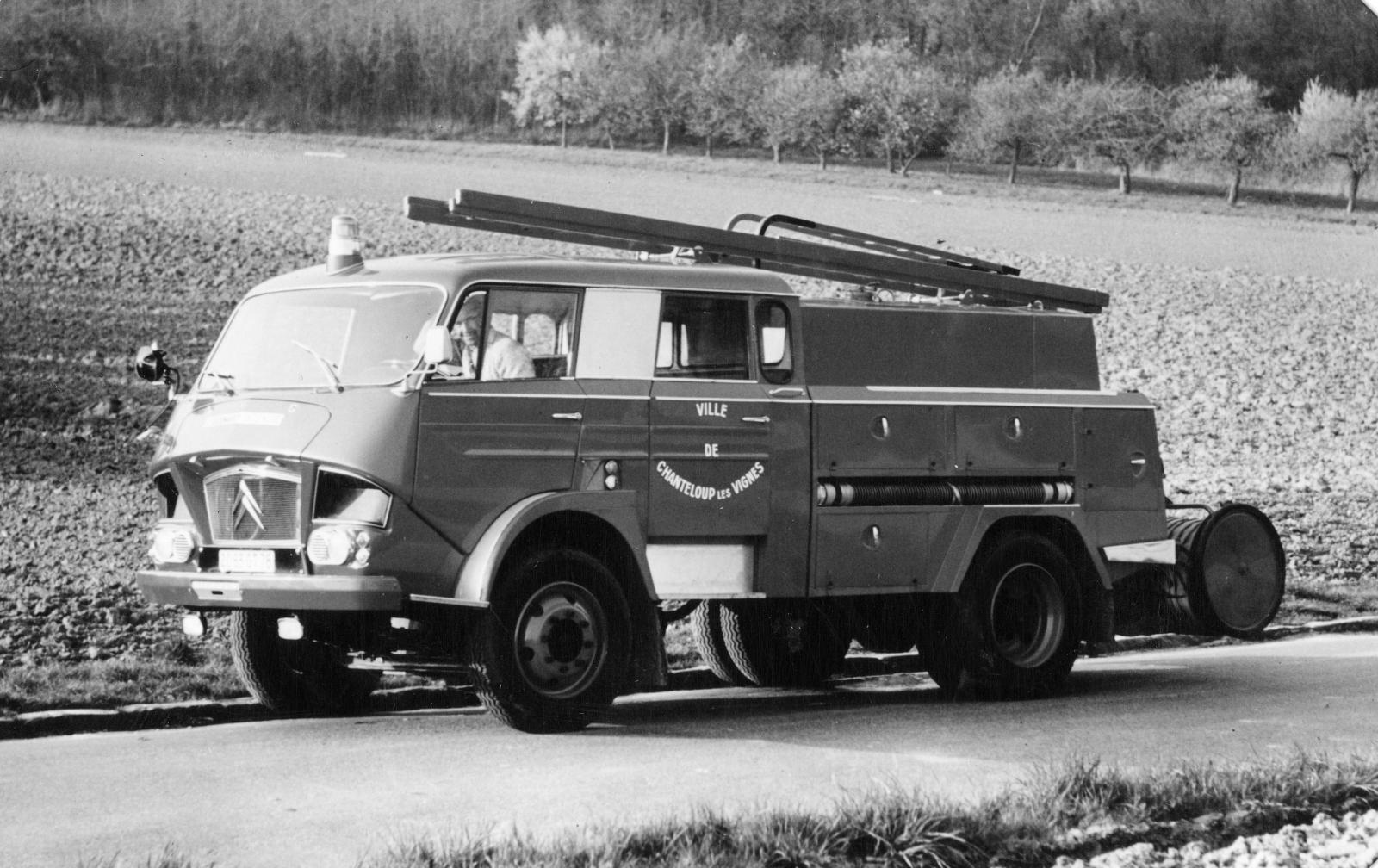
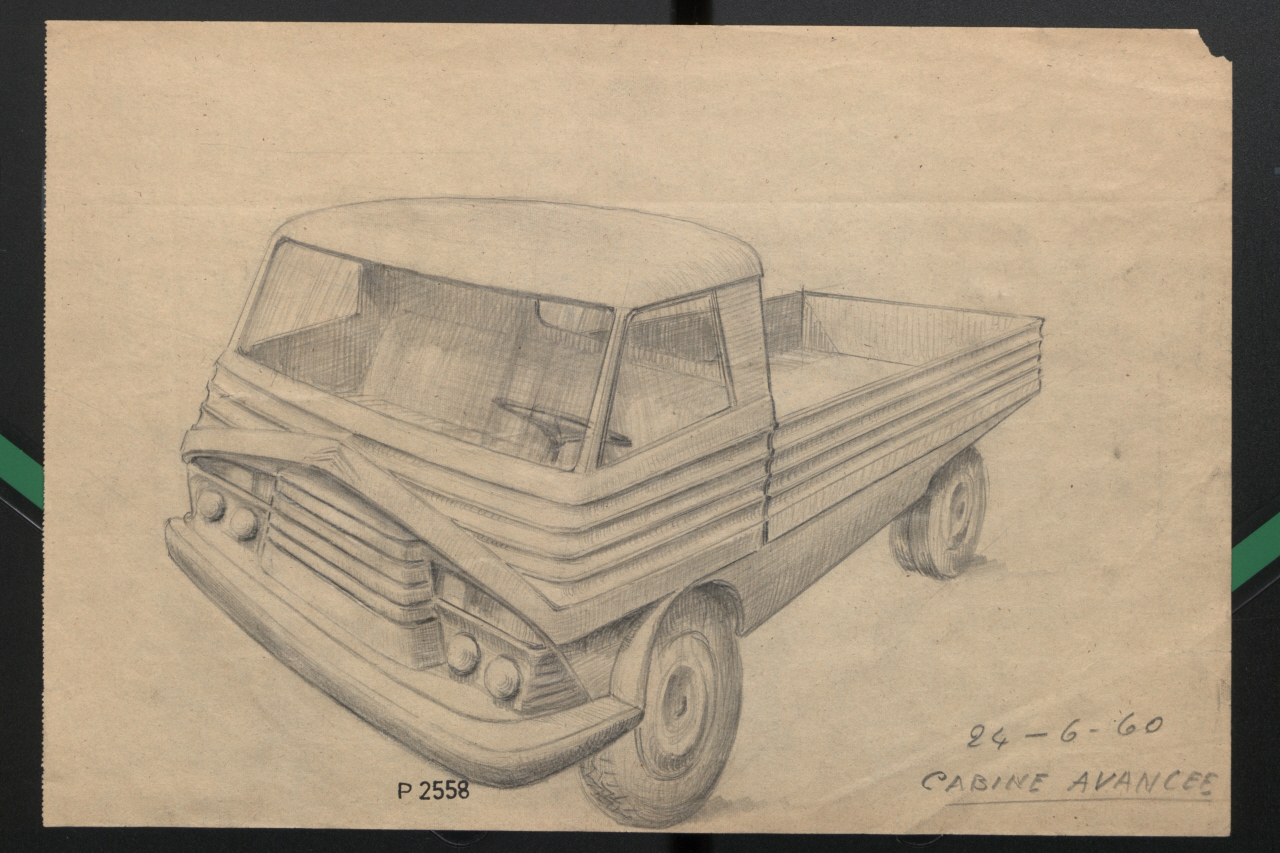
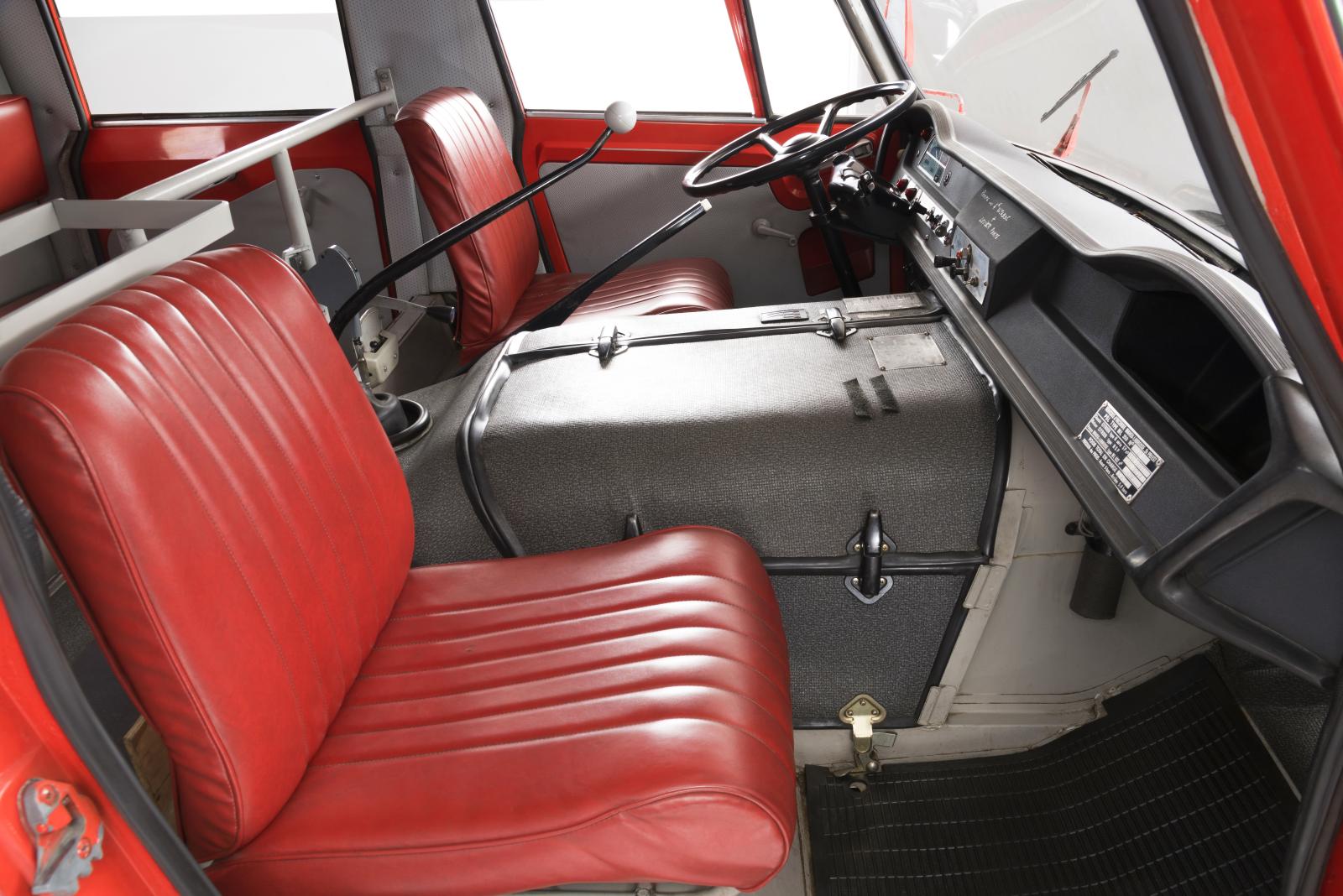
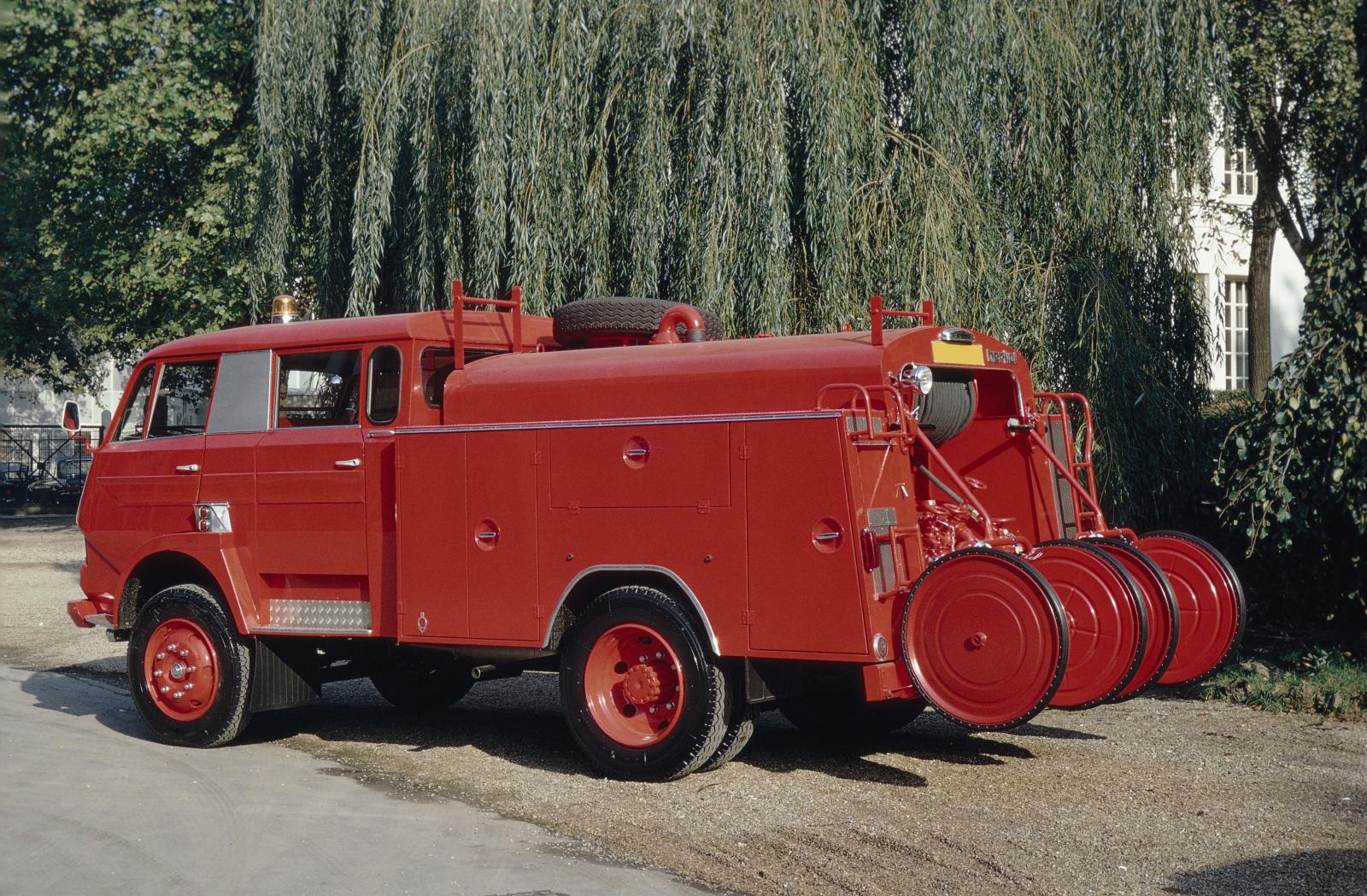
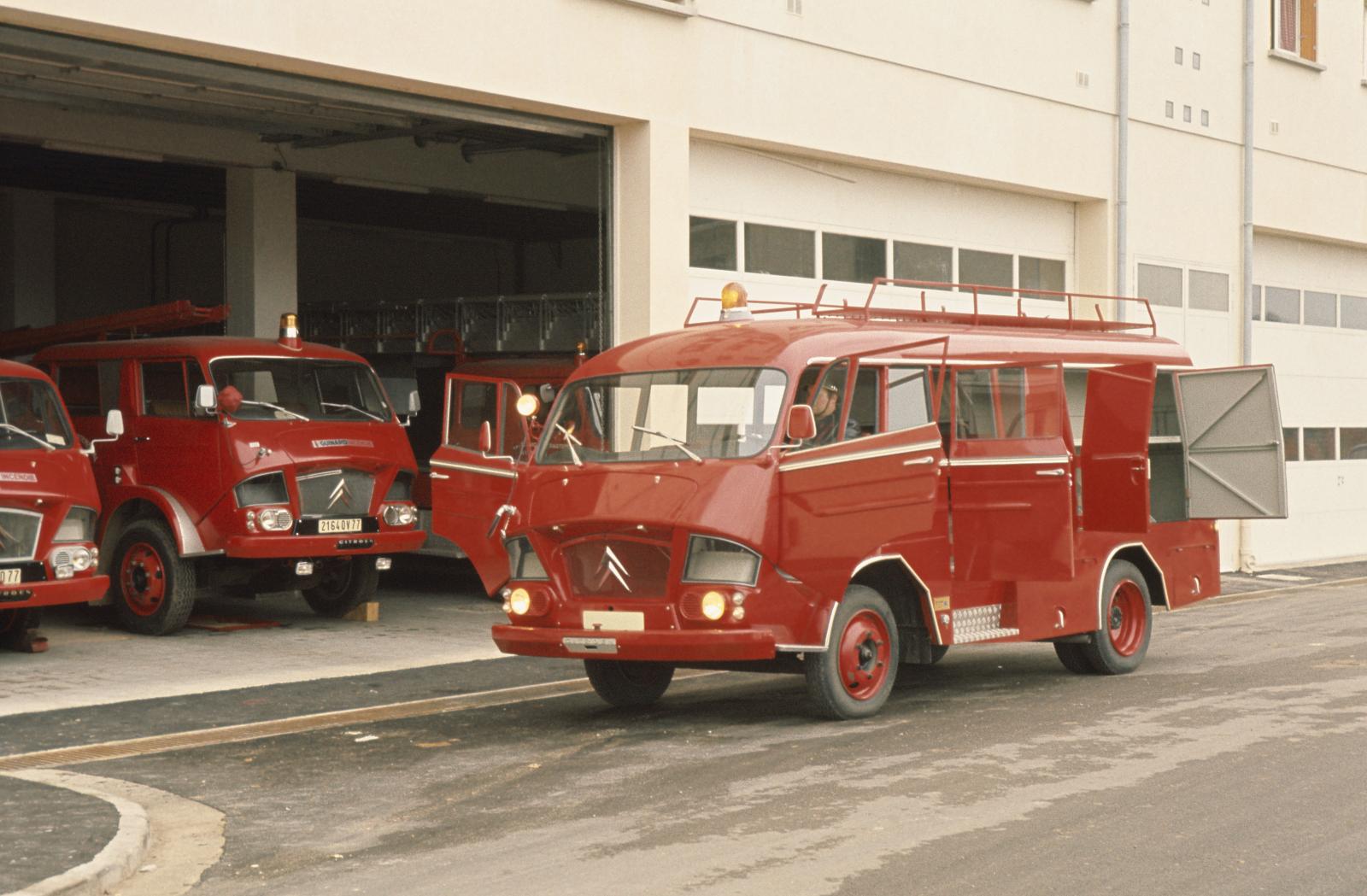
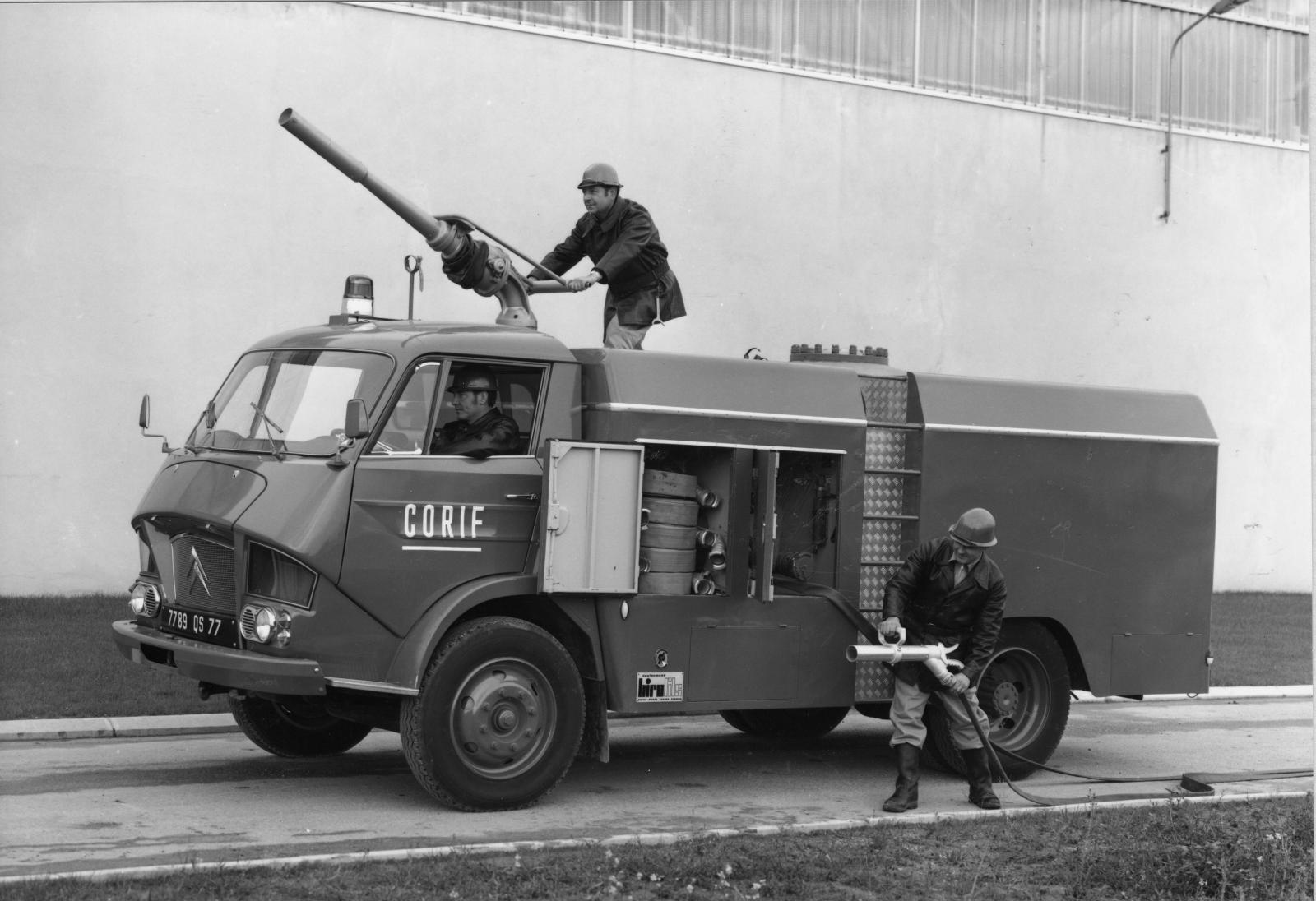




Comments